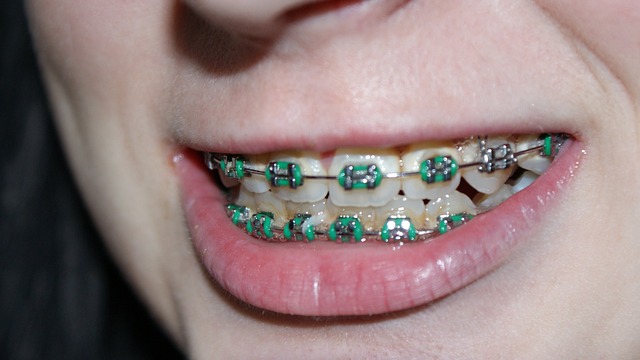Swallowing a bracket, such as those used in orthodontics, can be concerning but is often not immediately dangerous. Most small, smooth objects like brackets pass through the digestive system without causing harm and are expelled naturally within a few days. However, complications can arise if the bracket becomes lodged, causes a tear, or leads to an infection, necessitating medical attention.
When a bracket is swallowed, it typically travels through the esophagus and into the stomach. The digestive system is designed to handle and expel foreign objects, especially small ones. In most cases, the bracket will pass through the intestines and be excreted in the stool within 24 to 72 hours. During this period, it is advisable to monitor bowel movements to ensure the bracket has been expelled.
However, there are potential risks associated with swallowing a bracket. If the bracket has sharp edges, it could cause abrasions or tears in the gastrointestinal tract, leading to internal bleeding or infection. Symptoms such as severe abdominal pain, vomiting, or blood in the stool should prompt immediate medical evaluation. Additionally, if the bracket becomes lodged in the esophagus or intestines, it could cause a blockage, requiring medical intervention to remove it.
In rare cases, a swallowed bracket can lead to more serious complications, such as perforation of the gastrointestinal tract or migration to other parts of the body, which could necessitate surgical removal. Therefore, while most incidents of swallowing a bracket resolve without significant issues, it is crucial to seek medical advice to rule out any potential complications and ensure safe passage of the object through the digestive system.


